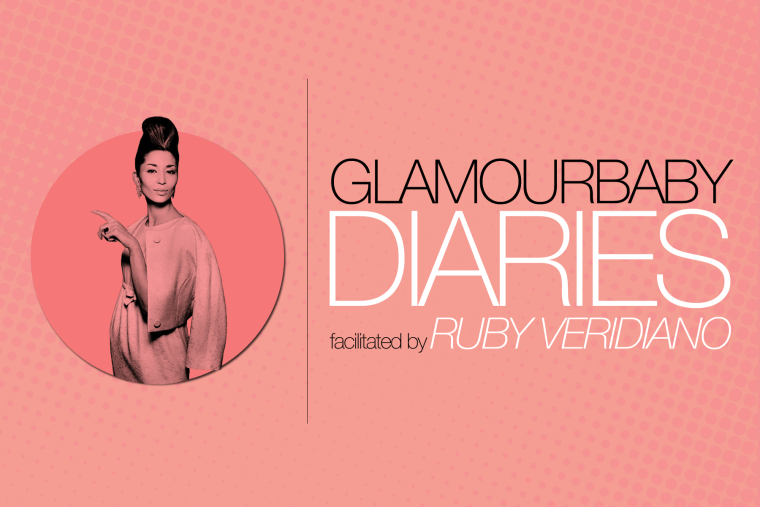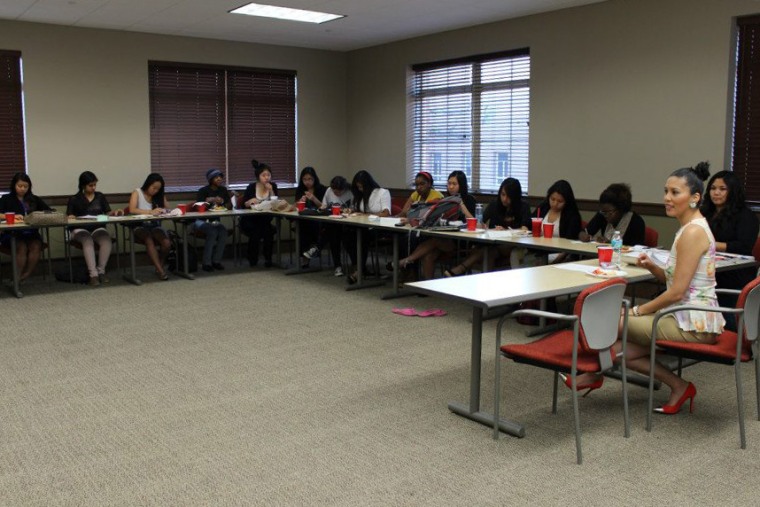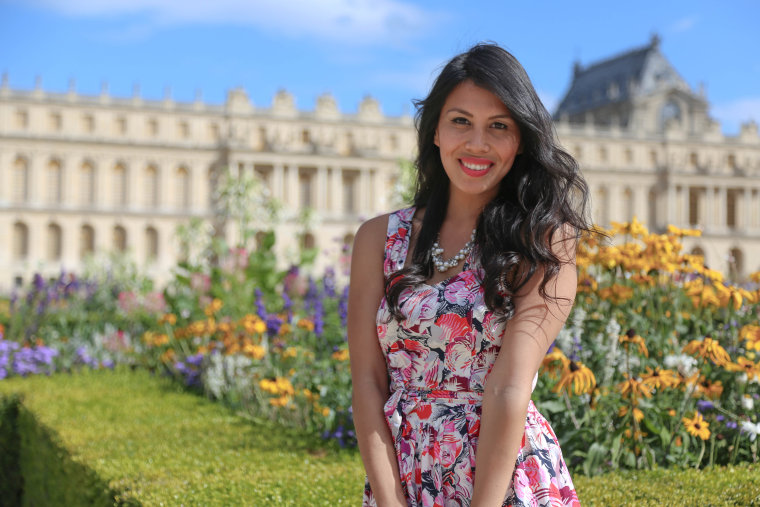I was 27 years old when I was first struck by the impeccable photograph of a young China Machado. The photo, shot by famed photographer Richard Avedon, is immortalized as an iconic image in fashion history, and it’s easy to see why. In the photograph, China looks nonchalant but commanding, her strong features immaculately chiseled onto her face. In one image, she gives the air of gorgeous and powerful in the same breath, potent enough for it to serve as a lifeline to a woman like me, generations later. During a period in my life where I felt like I was drowning, that image of China revived me.
In all of her exquisite glory, the best part of it all was that I could see myself in her.
I don’t mean that in a pretentious way. What I mean is that in a rare moment, I discovered a woman who had Asian features just as I did, being heralded as iconic — a permanent fixture in an industry that formed society’s opinions of what would be deemed “beautiful.”
And so perhaps it isn’t that I just saw myself in her, but that by learning about who she was, I finally felt seen. In many ways, her image affirmed me. I exist. I am here. And I too, could be gorgeously powerful because in that one photo, China Machado showed me the truth of who I could be.
I grew up in Manila, Philippines, in a Filipino-Chinese family. When I was nine years old, we moved to California, where, immediately upon my arrival, I noticed how strange I was compared to everyone else. I had the obvious semblance of a newcomer splattered all over me, no matter how hard I tried to cover it up. It stained my accent when I spoke English, it smudged itself all over my mannerisms, and it showed up as smelly, unusual blotches in my lunchbox.
RELATED: As New York Fashion Week Approaches, Asian Designers Bring Varied Influences
In my first years, I felt inferior for not being “Americanized” enough. My cousins who were born and raised in the States seemed so much cooler than me. They had the newest fashions, the latest styles. Meanwhile, I had secondhand clothes from the thrift store. My outfits were patchworks of our humble beginnings.
"Suddenly, glamour wasn’t just for women with pale skin, blonde hair, and blue eyes. Glamour was also a woman who looked a little more like me."
It was those early years as a newcomer that I found a determination in becoming fluent in the language of America through my clothes. My style became an expression of my new identity, one that wanted to fit in, to be accepted. Mostly, it was my way of accepting myself. Perhaps, I thought, if I could look the part on the outside, I could feel cool enough on the inside.
It was the ’90s, so I experimented with baggy jeans (that my mom refused to let me wear) and small baby tees inspired by TLC. Eventually, I had imitation “Converse” sneakers from Payless Shoe Source, and Unionbay flannels from Mervyn’s department store. I was still getting hand-me-downs, but this time, they were from my cool older cousin Maricar, whose closet was a treasure trove of teen cool. Through fashion, I became closer to finding my voice.
But no matter what I wore, my early years in America drained me enough to leave me with a half-full sense of confidence, setting off a long journey of learning how to replenish myself. The problem was that everywhere I looked, I was nowhere to be found. I couldn’t find the source of my reflection to restore the pieces of myself that was falling apart. I couldn’t find myself in the television shows I watched or the books and magazines that I read. A story that could reflect the struggles and experiences that I was facing was simply not there. It was as if I was invisible, and I somehow internalized the idea that the lack of validation for my existence meant that I wasn’t valuable enough.
RELATED: Artists Strike Back At Fashion's Cultural Appropriation with 'Random Japanese'
For many years, I fought to refill myself, looking hard to collect pieces of my reflection like rare jewels found along my path. Eventually, I found that the source of my magnificence was hidden in the unseen heroes who were my peers, a wide circle of Asian-American women from Oakland to Chicago to New York City, all fierce and fearless, beautiful and bold. Through their power, I learned to believe in my own. It was as if they were the Nation’s best kept secrets- hidden from the spotlight, but supernovas nonetheless.
“We [nonwhites] had no images. We had nothing that told us we were nice-looking. Nothing. So I didn’t think of myself as good looking at all. It never occurred to me.”
And then 2010 came, and suddenly, Asians were being recognized in one area of media that spoke to me the loudest: fashion. Alexander Wang, Jason Wu, and Derek Lam were making headlines on the New York Times. Vogue did a story on the rise of Asian models. Not long after, Danica Magpantay of the Philippines won the Ford Supermodel of the Year contest. And best of all, that same year, the W Magazine introduced me to my muse, the supermodel China Machado, a Chinese-Portuguese model that became the first woman of color to appear on the cover of a major American fashion publication (Harper’s Bazaar, February 1959).
By appearing on that Harper’s Bazaar cover, China redefined who was allowed to own the title of ”glamour.” Suddenly, glamour wasn’t just for women with pale skin, blonde hair, and blue eyes. Glamour was also a woman who looked a little more like me — black hair, dark eyes, Asian. Her image gave me courage to celebrate mine.

Because of her, I was inspired to create the Glamourbaby Diaries, a writing workshop designed to empower young women, most especially Asian-American women, to redefine glamour to embody strength, passion, and social change. The workshops cover topics ranging from self-confidence to social responsibility explained through the lens of fashion. Furthermore, the exploration of cultural identity and pride is a core theme. My mission was fueled by a burning desire to create a space where women who grew up like me could feel validated and nurtured, where we can come together and speak the shared language all immigrant daughters speak.
In 2013, China Machado did an interview for The New Yorker where she said, “We [nonwhites] had no images. We had nothing that told us we were nice-looking. Nothing. So I didn’t think of myself as good looking at all. It never occurred to me.” I was shocked that a woman like China could echo my exact sentiments, but I was profoundly relieved that she did.

Learning this solidified my purpose to use my voice to uplift women and girls, most especially those who share my story. If my words can affirm someone else the way China’s image did for me, it’s all I could ever hope for.
Follow NBC Asian America on Facebook, Twitter, Instagram, and Tumblr.
